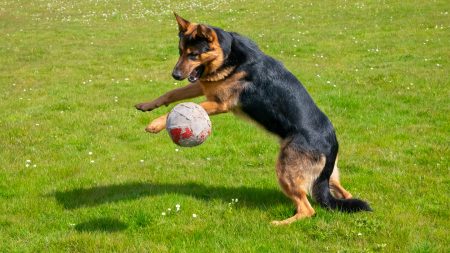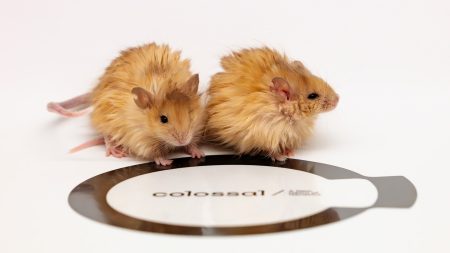Dogs’ Cognitive Abilities: Understanding Object Categorization
Recent research suggests that dogs who can learn toy names might have an even more sophisticated cognitive ability: the capacity to mentally categorize objects based on their function. This finding represents a significant breakthrough in our understanding of canine cognition, suggesting that dogs possess more complex thinking patterns than previously believed.
The discovery centers around “gifted word learner” dogs—rare canines who can learn the names of multiple toys through relatively minimal exposure. Scientists observed that these exceptional dogs not only remember specific toy names but appear to organize this information systematically in their minds. When asked to retrieve a specific toy, these dogs demonstrate behavior suggesting they’re not just remembering individual items but understanding broader categories—like differentiating between squeaky toys, balls, or rope toys. This mental classification system mirrors, in a simpler form, how humans categorize objects in our environment, suggesting deeper cognitive parallels between humans and their canine companions than previously understood.
What makes this finding particularly fascinating is that dogs develop these categorization abilities without explicit training to do so. Unlike humans, who often learn categories through formal education, dogs seem to naturally develop this organizational thinking through their everyday interactions with toys and play. Researchers believe this ability likely evolved as dogs became domesticated, helping them better interpret human commands and interact with the human environment. This natural categorization skill may explain why some dogs can learn extensive vocabularies of specific objects, with the most gifted canines recognizing hundreds of distinct toy names.
The implications extend beyond simple toy recognition. This research suggests dogs may perceive their world with greater nuance than we typically assume, potentially categorizing many aspects of their environment—from types of food to varieties of human behavior. The study may help explain why working dogs can perform complex tasks, from search and rescue to medical detection; they’re not just following commands but potentially understanding conceptual categories like “dangerous substances” or “signs of illness.” For pet owners, this research validates what many have intuitively felt: their furry companions understand more about their world than simple stimulus-response training would suggest.
This research also offers practical applications for dog training and care. Understanding that dogs can mentally categorize objects might lead to more effective training methods that capitalize on this natural cognitive ability. Rather than training through pure repetition, trainers might develop approaches that help dogs recognize patterns and categories. For pet owners, this knowledge might inspire more engaging play and learning opportunities that challenge their dogs’ cognitive abilities. Interactive toys and games that require categorization skills could provide valuable mental stimulation, potentially improving canine well-being and preventing boredom-related behavioral issues.
While these findings represent an exciting step forward in understanding canine cognition, researchers emphasize that much remains unknown about how dogs think. The discovery of this categorization ability opens new questions about the limits of dog cognition and the similarities and differences between human and canine thought processes. As research continues, we may discover that dogs possess even more sophisticated cognitive abilities that further blur the line between human and animal cognition. What remains clear is that our canine companions continue to surprise us with their intelligence and adaptability, reinforcing the special bond that has existed between humans and dogs for thousands of years.















